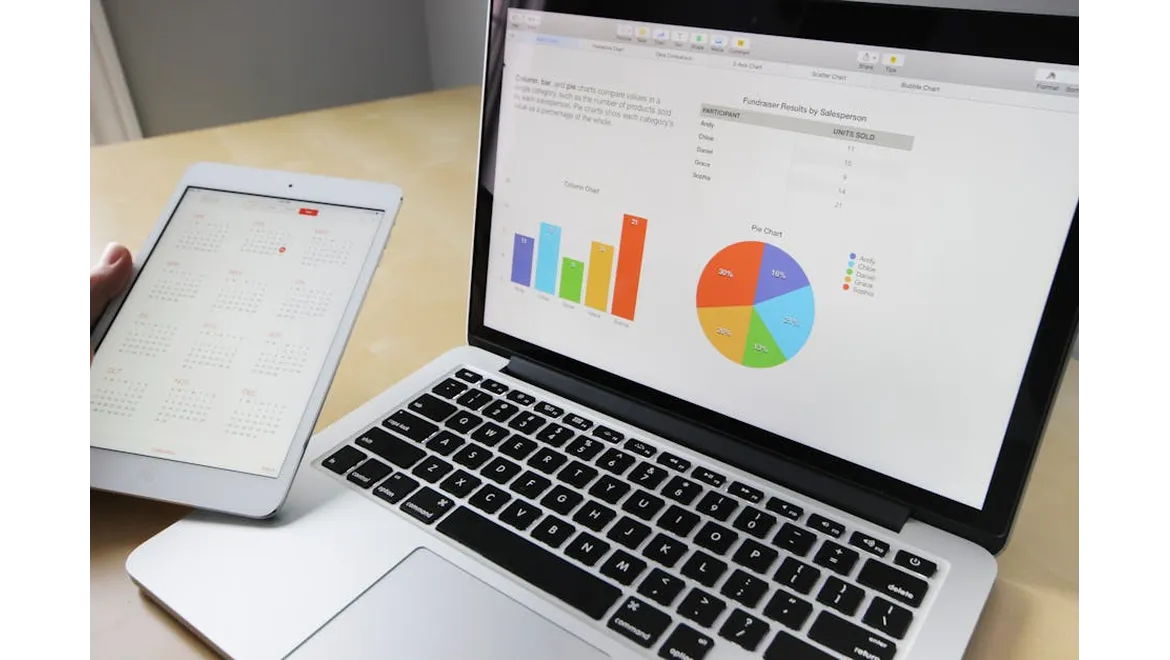Alright, let’s dive in. I recently had a fascinating chat with Gabriel, a whizz when it comes to all things data and market trends, specifically how we can use ‘X’ (in our case, big data analytics) to not just see the present, but actually get a glimpse of the future. We talked specifically about ‘X-Driven Market Research and Trend Forecasting’, that is to say, ‘Applying X (e.g., big data analytics, social listening) to analyse market trends, identify emerging opportunities, and forecast future demand. This provides valuable insights for product development, marketing campaigns, and strategic planning. Consider focusing on niche markets where X can uncover hidden trends missed by traditional research methods. Always consider the data source’s integrity and potential biases’.
I started by asking Gabriel the obvious: Why bother with big data for market research when traditional methods like surveys and focus groups have worked (sort of) for years? His answer was pretty compelling. “Traditional methods are like looking in the rearview mirror,” he explained. “They tell you what was, not necessarily what will be. Big data, on the other hand, lets you see the road ahead, provided you know where to look and what to look for.”
Finding the Gold in the Data Mine
Gabriel emphasised the importance of understanding the data source. Not all data is created equal. “Garbage in, garbage out,” he quipped. He advocates for using multiple data streams to cross-validate findings. For example, combining social listening data with website analytics and sales figures can paint a much richer picture than any single source could. But you have to consider any potential biases. For example, if your customers are more active on a certain social media platform than another, then results obtained from only one platform are unlikely to give a balanced view.
Spotting Niche Trends with Big Data
What I found particularly intriguing was Gabriel’s take on niche markets. He believes that big data is especially powerful for uncovering hidden trends that traditional research might miss. Imagine you’re developing a new vegan dog treat. Instead of surveying a broad group of dog owners, you could use social listening to identify online communities of vegan dog owners, analyse their conversations, and understand their specific needs and preferences. This can inform your product development, marketing, and even your pricing strategy, all informed by real-time data from a passionate audience.
Engaging Gamified Market Research
Speaking of engagement, Gabriel highlighted gamification as a fantastic tool for collecting valuable data. He explained how to use quizzes, challenges, and simulations to engage audiences while collecting valuable insights. Emphasised providing real value to participants, for example rewards or exclusive content, to ensure high engagement rates. This method could uncover a lot of hidden gems within a given target demographic, offering a deeper level of insight than what traditional surveys and focus groups can offer.
Turning Data into Actionable Insights
Of course, collecting all this data is only half the battle. The real magic happens when you turn it into actionable insights. Gabriel suggested using data visualisation tools to identify patterns and trends. Heatmaps, for instance, can quickly show you which product features are most popular, while sentiment analysis can reveal how customers feel about your brand.
Gabriel gave a simple step-by-step guide to ensure the process is followed correctly to fully understand the concept. Here’s the guide:
- Define Your Objective: What questions are you trying to answer? What trends are you trying to identify?
- Identify Data Sources: Where can you find the data you need? Consider social media, website analytics, sales data, competitor data, and industry reports.
- Collect and Clean the Data: Use appropriate tools and techniques to extract, transform, and load (ETL) the data. Cleanse the data by removing duplicates, correcting errors, and handling missing values.
- Analyse the Data: Use statistical techniques, machine learning algorithms, and data visualisation tools to identify patterns and trends.
- Interpret the Results: What do the trends mean? How can you use them to improve your product development, marketing, or strategic planning?
- Test, and Iterate: What is the effectiveness of any strategy you create as a result of this work? Is there anything you can refine?
- Consider Biases: Ensure the data source is integrity-checked and consider any potential biases.
So, in short, big data isn’t just a buzzword; it’s a powerful tool for uncovering hidden trends and forecasting future demand. By focusing on niche markets, engaging your audience, and turning data into actionable insights, you can gain a competitive advantage and drive business growth. It requires a bit of work, but the potential payoff is huge. Thanks, Gabriel, for opening my eyes to the possibilities!











